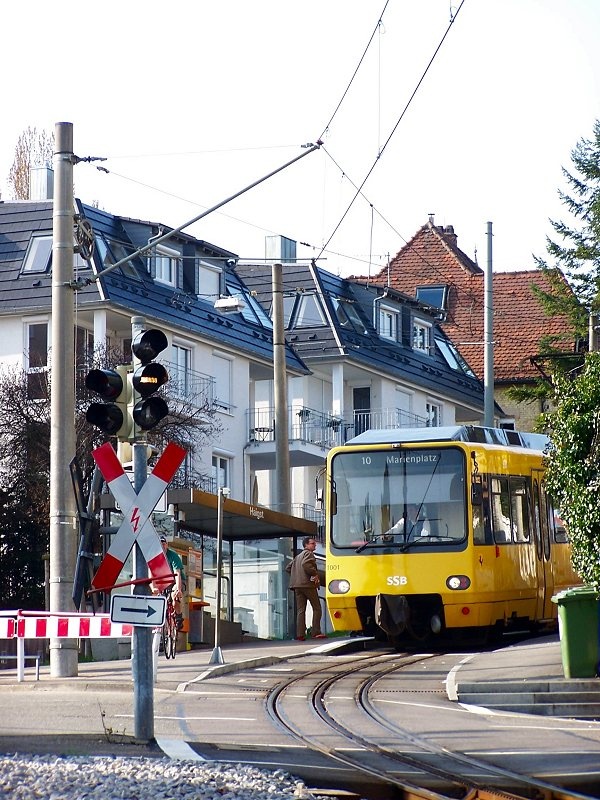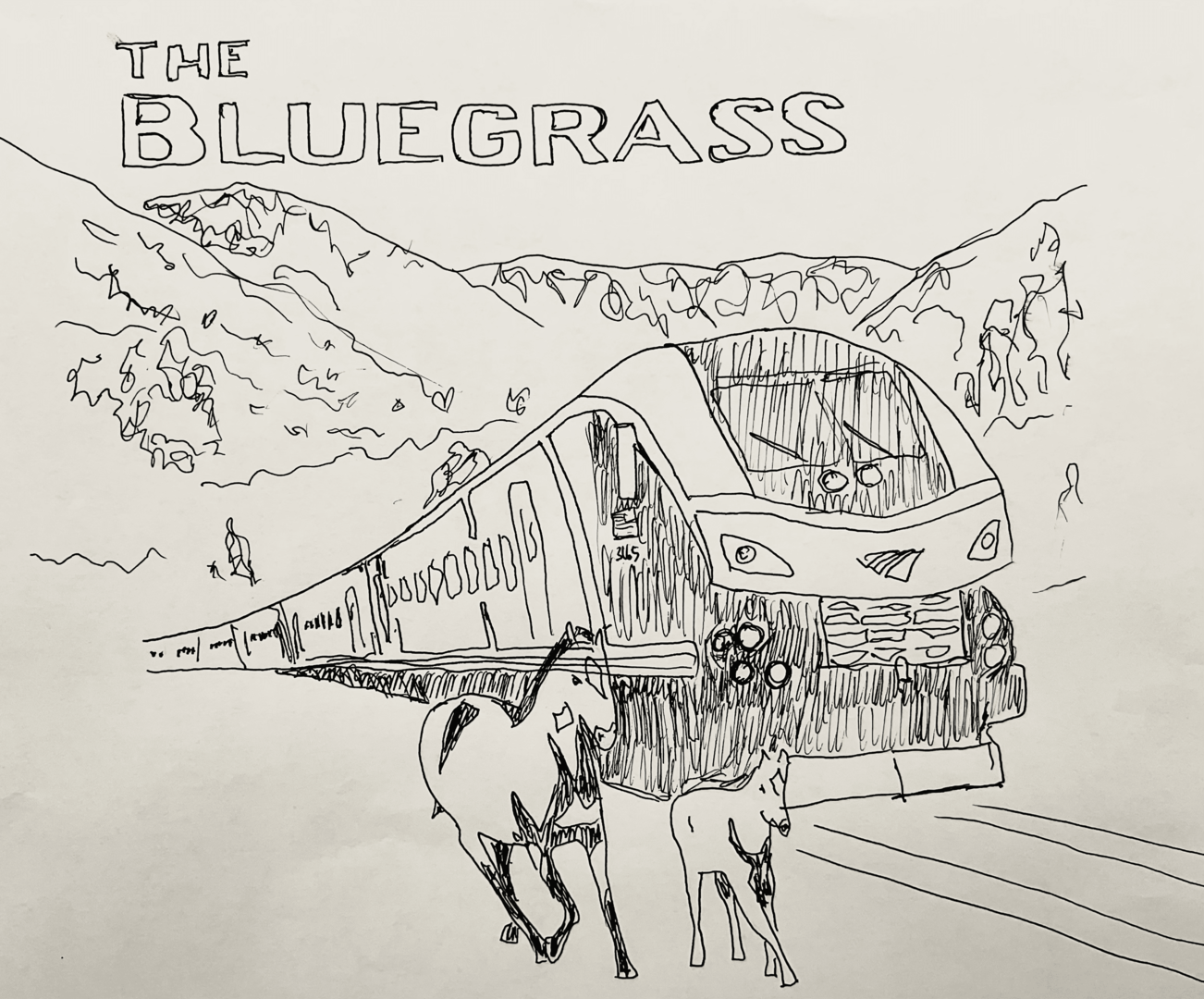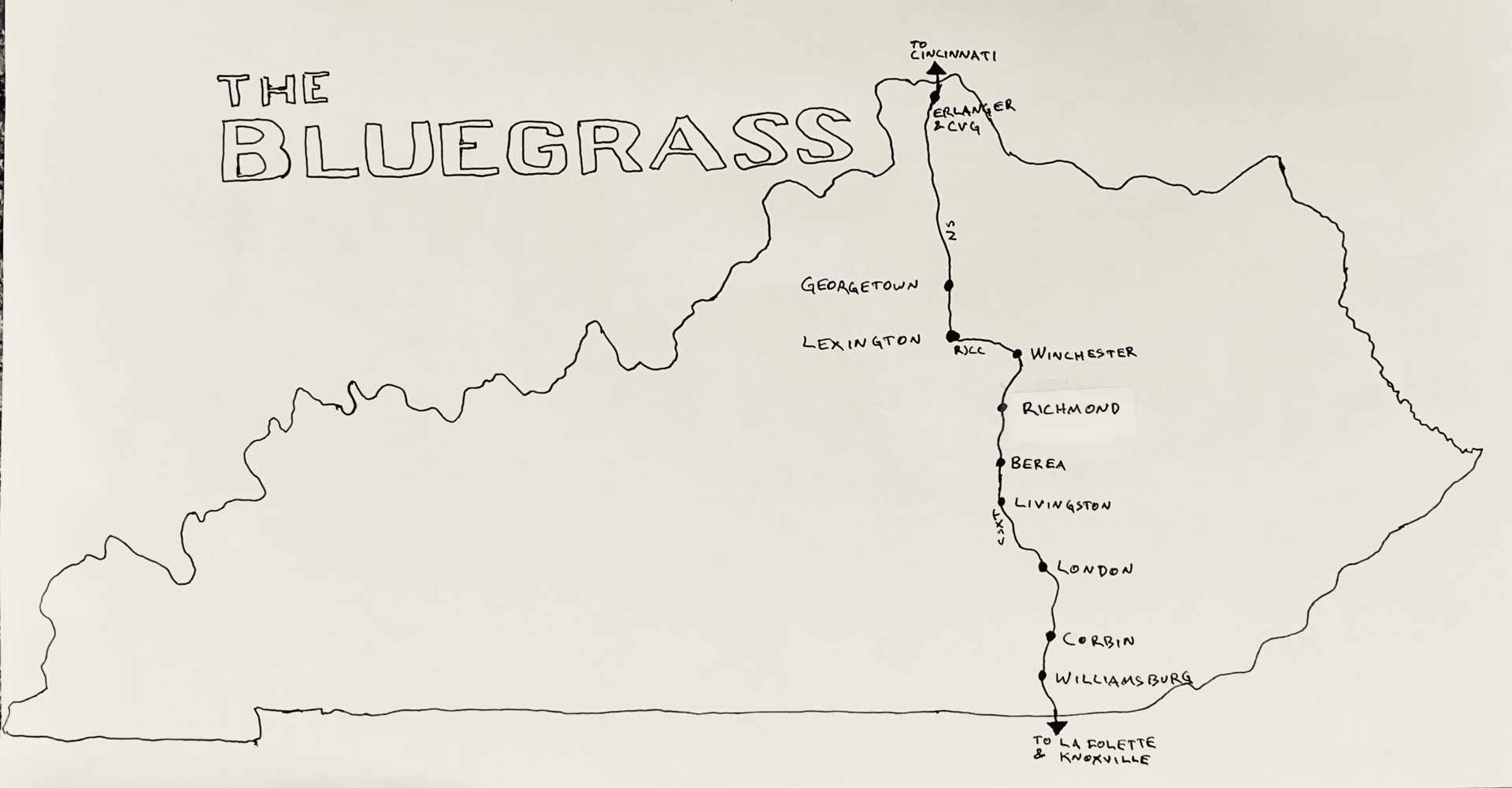-
Greater Cincinnati Metro (SORTA) and TANK News & Discussion
^ I ran those numbers too, plus for 2000 and for total vehicles vs. population: Vehicles per capita in 2000, 2010, 2022: 0.643, 0.658, 0.719. Percent of households with no car in 2000, 2010, 2022: 13.5%, 11.3%, 10.9%. So Jake's intuition that car ownership has increased since 2000 is correct, but not by enough to explain a 50% decrease in Metro ridership. Probably would have made more sense to do Vehicles per Population ages 16+, but it's not what I did. 2000: 543595 Vehicles / 845303 Population .643 2010: 527584 / 802252 .658 2022: 593042 / 825037 .719 No vehicle households 2000: (9218 homeowners + 37587 renters) 46,805 no vehicle households / 346790 households 13.5% 2010: 5287 + 31416 36,703 / 324915 11.3% 2022: 5129 + 33587 38,716 / 355784 10.9%
-
Cincinnati Streetcar / The Connector News
^ Maybe with the rail sale money they could fix the combined sewers once and for all, and in the process move the water main out of the subway tunnels. At that point a Central Parkway alignment (in the tunnels) would be good, but otherwise it suffers from being sandwiched between a highway and a hillside, which makes the west side of 75 much better.
-
Cincinnati Streetcar / The Connector News
Has anyone looked at the feasibility of using "rack railway" vehicles, like in Stuttgart? Obviously it would be more expensive with the center "rail" and specialized vehicles (a complication for route design also, with mixed rolling stock), but it would make grade considerations moot and some of the cost could be offset by enabling shorter track length. I think that makes more sense in flatter/more walkable areas. It's why the Union Terminal route, and even the Queensgate route, has great potential and the Reading route has little.
-
Cincinnati Streetcar / The Connector News
That doesn't preclude including a tunnel as an alternative in a study of how to get BRT and/or streetcars to Uptown. Having preliminary studies and cost estimates available could prove fruitful eventually, without much commitment in the short term. I know the city can't take the rail sale money and build a tunnel, but both SORTA and the city's finances are in the early stages of improving, and it can't hurt to think bigger than in the past. As @ColDayMan alludes to, Pittsburgh has transit tunnels bored into hillsides. This isn't crazy fantasy stuff. Anyway, my larger point is that either streetcar advocates should concede that BRT is at least temporarily a substitute for a Downtown-Uptown route or should push to share right-of-way. A hybrid approach of "BRT took the direct route but we still need a streetcar to Uptown so we're going to build a long, crescent-shaped route, with a large portion of unwalkable catchment area, bypassing the University Heights business district and Christ Hospital entirely" is the worst of both worlds. Financing a tunnel is tangential. Additionally, I'll push a related point that advocating for the best possible BRT (or closest to actual BRT) corridor to Uptown will be the most reliable way to get the fastest and most frequent Downtown-Uptown transit connection for the foreseeable future. I'd also like to see both BRT and streetcar lines thought of partially as rough drafts for LRT lines, and making some design decisions toward the end of having the infrastructure be upgradeable as such.
-
Cincinnati Streetcar / The Connector News
I don't understand the appeal of the Reading Road route, other than people really wanting to see a Downtown-Uptown streetcar. To me, it seems like the weakest of the proposed routes. It's alleged to have the best development potential of all Downtown-Uptown routes, but I have a feeling that is based on applying a buffer around the route within a specified distance, ignoring the fact that walking 1,000 feet or .25 miles or whatever across a highway or up/down a steep slope is a lot different than walking 1,000 feet in a less harsh environment. Fundamentally, if the consensus is that the "BRT" routes make a more direct streetcar to Uptown redundant, then for route planning purposes we should just treat the BRT as though it is a planned streetcar route. Then revisit that assumption at a later date when BRT is established and people are more receptive to the idea of modes being complementary rather than in competition. If streetcar advocates don't wish to wait, then the move should be trying to work with BRT planners to create a win-win shared BRT/streetcar route rather than wedging tracks into the I-71 valley. Thinking dedicated shared transit lanes or a tunnel. With the Infrastructure Bill money expected to flow for the next several years, it's likely not a bad time to shoot for the moon (a tunnel), or at least have moonshot plans in place in case opportunity strikes. There are good reasons why the Reading BRT doesn't follow the 43 route, despite it being the highest ridership transit route in the region. Most of those reasons are equally relevant to why it's not a good streetcar route. Building the Ludlow-Woodburn route, with frequent BRT service connecting it to the Downtown loop, would make a lot more sense than building the Reading route.
-
Server Transfer/Downtime Coming Soon
The new version is looking good!
-
Amtrak & Federal: Passenger Rail News
^ Do you know if there are any stipulations about new long-distance routes overlapping existing route segments? For example, I could imagine a rule preventing a "new" route overlapping an existing segment on either of its terminal ends. Or perhaps a rule concerning the proportion of the "new" route that is already covered by existing service. Or can a new route effectively just add frequency and one-seat-ride options along existing routes? Such that, say, Portland ME to Raleigh NC could qualify as a new route despite the majority of it being on the NEC?
-
Server Transfer/Downtime Coming Soon
Cool. I was just thrown off by the "move it all back to the original VPS" part. Was wondering if maybe keeping the old IP is advantageous for SEO or email reputation or some other security/spam filtering/reputation thing. That'd be more of a hassle than pointing the DNS to a new VPS though, and create more downtime.
-
Amtrak & Federal: Passenger Rail News
Louisville-Nashville is extremely low-hanging fruit assuming what's on the latest map is built. Detroit-Toledo-Lima-Dayton-Cincy-Louisville-Nashville would be a good route stitching things together, and if you throw in Birmingham you're around the length needed for a long-distance line. It doesn't seem like Amtrak is interested in pursuing added long-distance lines to skirt state support requirements, but it's there if they want it and that would be a super viable route. *Caveat: I don't know how the available track situation is between Nashville and Louisville/Birmingham. But it seems likely there would be freight lines since there's a relatively high density of old cities and it's west enough of the Appalachians.
-
Server Transfer/Downtime Coming Soon
Can't you just create a new instance on a new VPS, then once it seems to be working point the DNS over that way and ditch the existing one? I'm not sure how to handle the last bit of synchronization for the posts database (handling posts made during the migration), but that must be a common issue addressed on all the Stack Overflow type sites. Maybe it'd possible to briefly point the old site instance to the (freshly synchronized) database on the new VPS so that there wouldn't be any gaps when the nameservers switch over.
-
Cincinnati Streetcar / The Connector News
I don't think "the city" was of one mind about this. My take is that the Cranley administration saw the "streetcar divorce" as an opportunity to kill it off once and for all; by having full operational control the city would have the power to not restart service after it stopped early in the pandemic. Council members had a diversity of reasons to support the divorce, with a common one being to support Metro in its desire not to be tied to Cranley's punching bag, particularly as they were going to voters with the sales tax. (Metro saw the city sabotaging the project and rationally hated having their own reputation tied to that.) But also I think some on council saw it as an opportunity to vote for operational policies that would fix some of the problems: while Metro had to interface with a mayor's office that wanted to thwart success, a council largely hostile to the mayor could do what they'd want regardless. Probably a majority of council saw that as a reason, since their first post-divorce move was to bring it back into service fare-free and subsequently ridership has skyrocketed. The recent query to council is pretty useless. With campaigning in full effect (every other year again 🙄) there is no incentive to distract from campaign talking points with something that has been controversial over the years. Asking a month from now would be more revealing. I agree that "study" is used as cop-out language here, however supporting a study is 100% the first step toward implementing expansion. So unless a council member wants to vote against a study, they're in for the first step. The public's reaction to that study (as much or more than what the study actually says) will have influence on where they go from there. Reading beyond that is just Rorschach territory. Which is exactly why it's a politically savvy thing to say.
-
Cincinnati Southern Railway
-
Cincinnati: Bicycling Developments and News
Yes, that's the gist of what I was saying. And I also didn't mean to imply MLK getting nothing or not completing the existing gap, but just considering priorities. I think if I were going to comment on it, I would say the green line on University should continue past Reading to Gilbert. And maybe make that extended segment dark green and the parallel MLK segment light green.
-
Cincinnati: Bicycling Developments and News
I'm not going to comment on it, since I don't live in the area anymore. You're obviously right that the MLK path would be closer to points north and would have continuity with the path up the hill from Central Parkway. I really should have said between Jefferson and Gilbert, since obviously University doesn't connect to Clifton. I think crossing MLK is the biggest barrier between the hospitals and either a bikeway on University or a continued path on the south side of MLK, but you're right that traveling south a block to University only to go north almost immediately to get to a hospital would be too inconvenient to make it worth doing at all. How about between Reading and Gilbert, though? The map has the facility on University ending there and the MLK one continuing through the 71 interchange. There isn't anything equivalent to the hospitals there, so as a cyclist would it be preferable to go south a block for a more comfortable ride between Reading and Gilbert? Depending on your origin and destination it could increase the time riding by a couple minutes, but cycling through that interchange would be kinda sucky.
-
Cincinnati: Bicycling Developments and News
I meant in terms of focusing on making University/Lincoln a preferred corridor for new bike infrastructure investment, instead of MLK, between Clifton Ave and Gilbert. Are there any reasons extending the sidepath on MLK would be preferable to in-street facilities on University/Lincoln?









